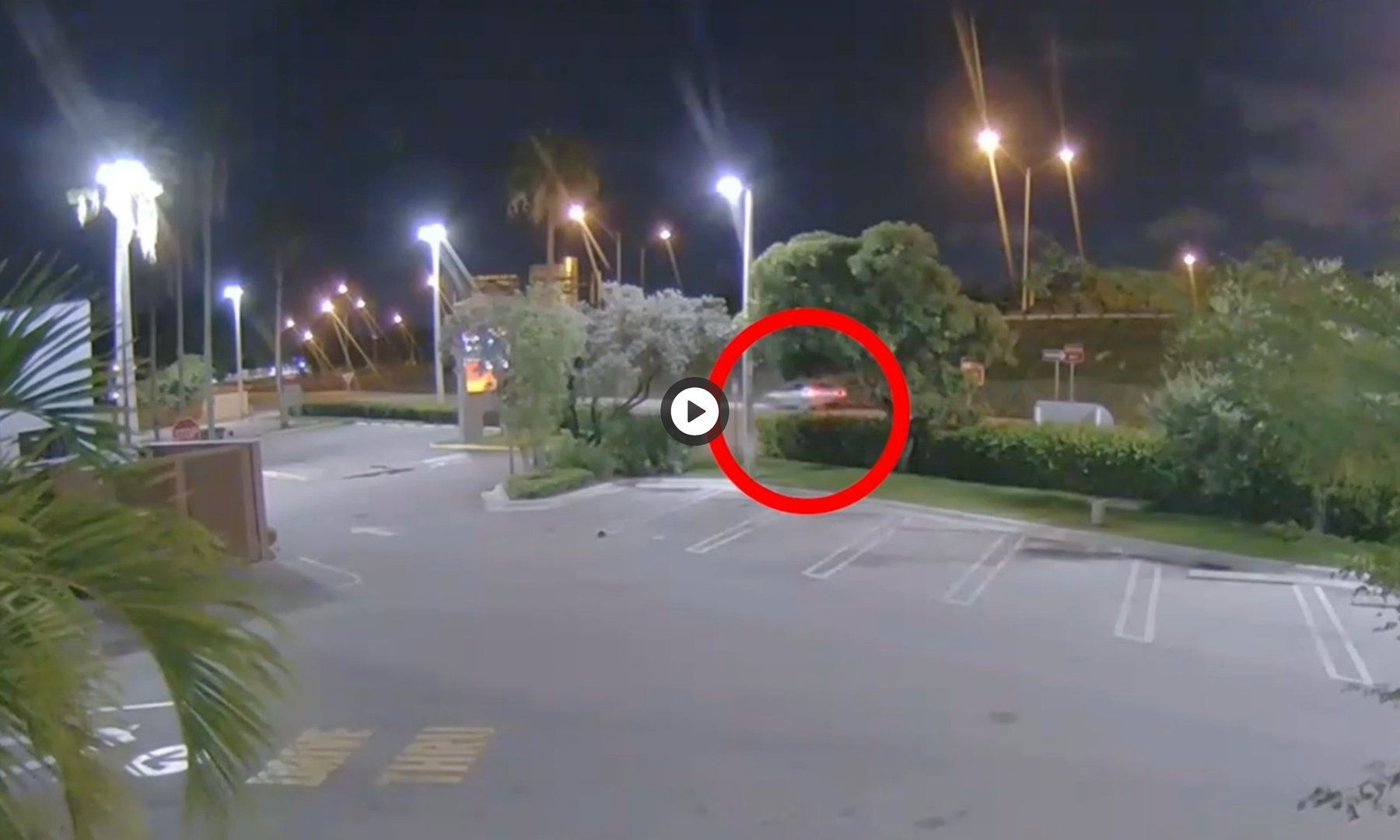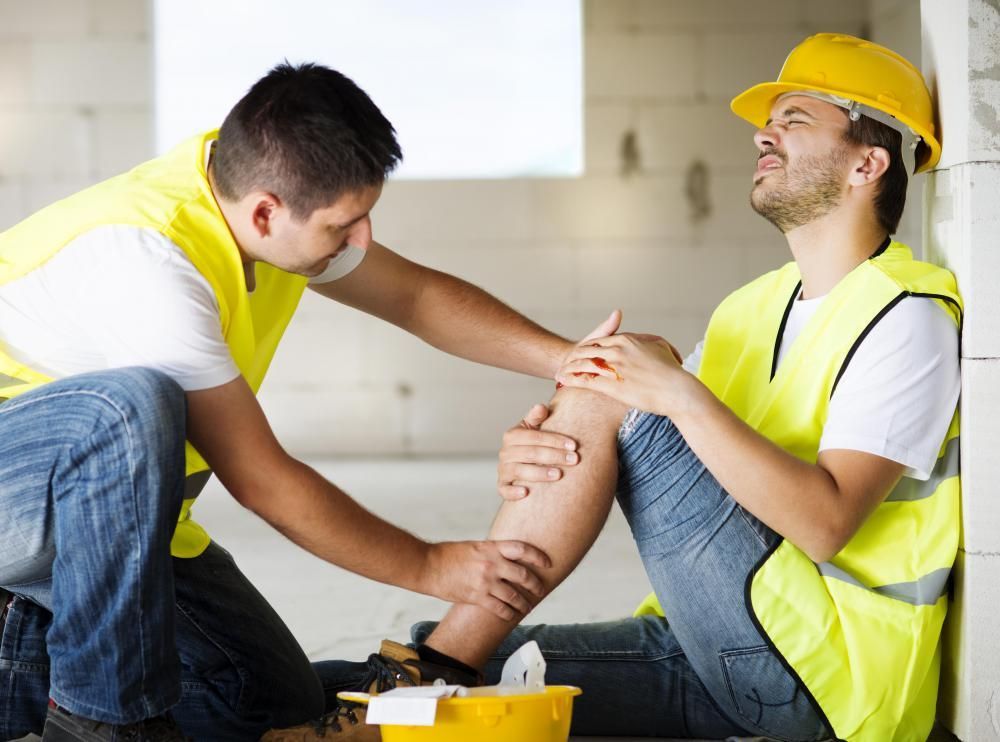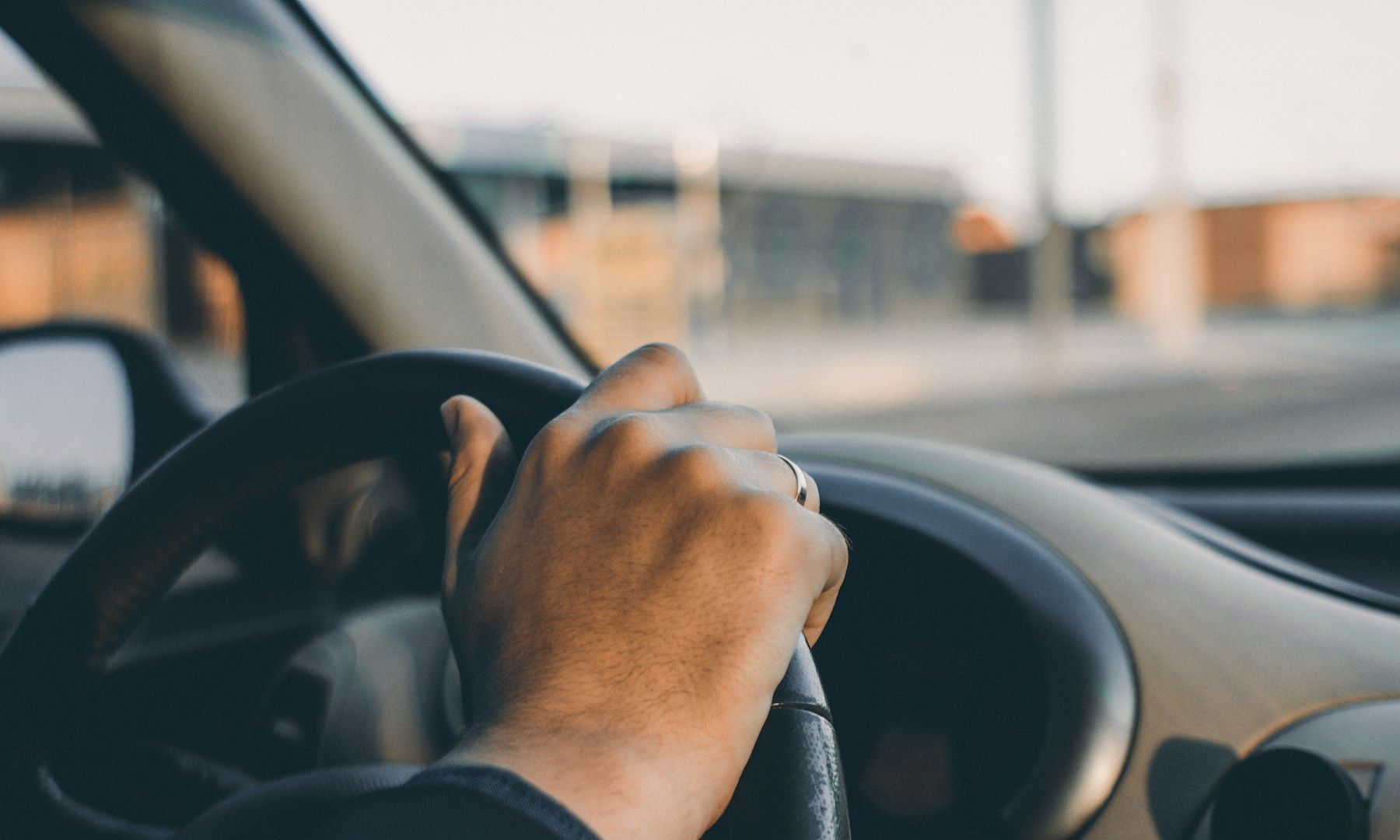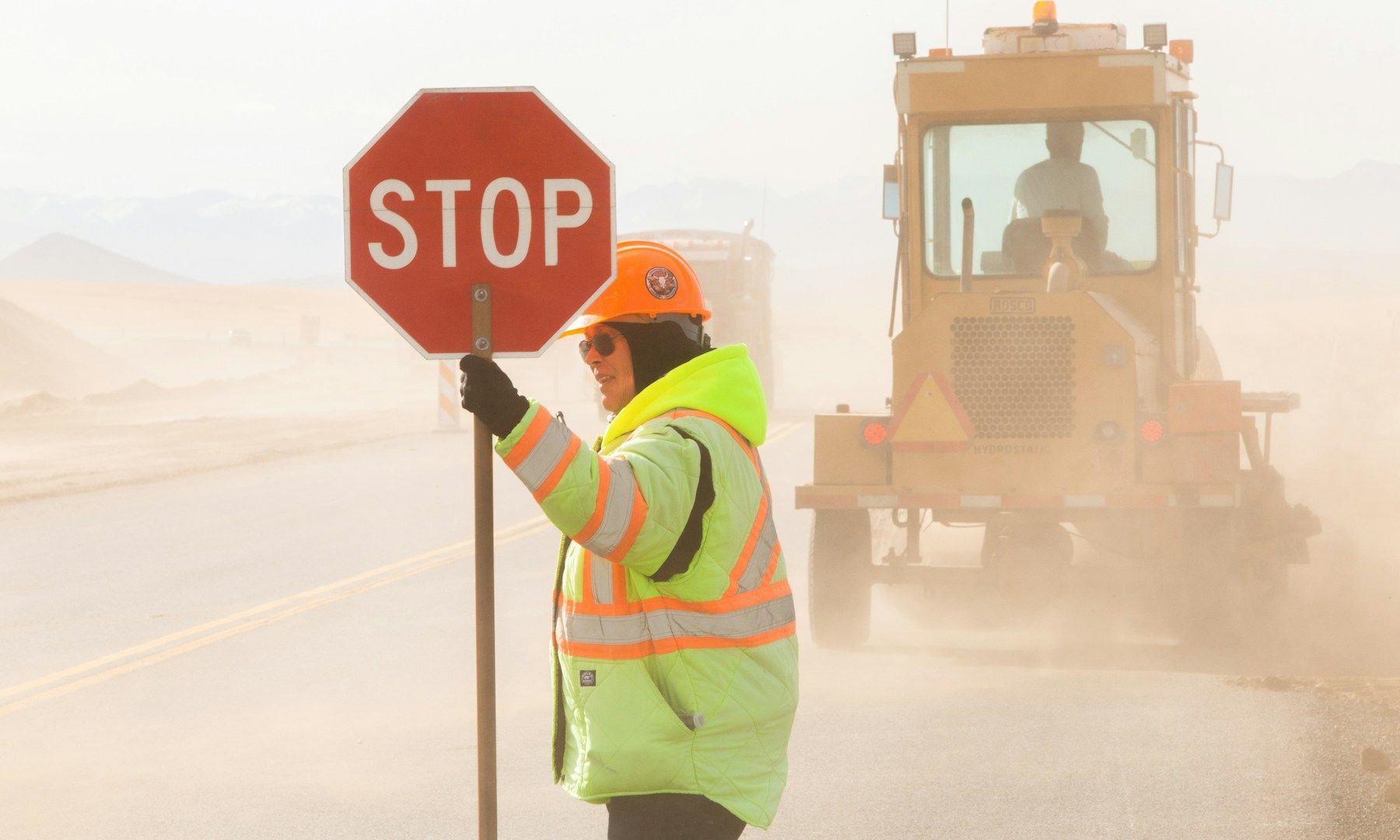Motorist tries to evade crossing gate and two die.
Railroad crossing gates provide a tempting target for risk-taking drivers. The gates appear to have plenty of extra space to drive around them, and no one has had much experience in estimating the speed of a large diesel locomotive. Consequently, crossing gates do not provide 100% prevention of serious accidents, as was demonstrated by a recent accident in Hallandale.
The accident
The incident occurred on East Dixie Highway near Northeast 215th Street. Surveillance video of the accident show a heavily mangled car on the shoulder of the road in the grass. Two men who were in the car appeared to have died instantly. Brightline has experienced several accidents since it resumed its high-speed service in south Florida. In one case, a train hit a pedestrian, and police concluded that the victim was attempting suicide.
Who is liable?
In many railroad crossing accidents, the railroad has been held liable for its failure to install modern crossing gates and warning signals. In this case, the railroad who owns the right-of-way used by Brightline has apparently installed state-of-the-art crossing gates and warning signals. In a study published by the Associated Press in 2019, Brightline was ranked as having the highest death rate on its tracks as measured by deaths per mile. In this case, where the railroad appears to have installed modern warning signals and crossing gates, and where the automobile driver appears to have been especially negligent in trying to beat the train to the crossing, the railroad is not likely to be deemed negligent unless further investigation reveals a malfunction of the signals.
What next?
Further investigation may show a defect in the crossing signals or gates or an error by the train crew. Anyone who has been injured or lost a loved one in similar circumstances may wish to consult an experienced injury lawyer for an evaluation of the evidence and an opinion on the likelihood of recovering damages for lost income, medical expenses and pain and suffering.










